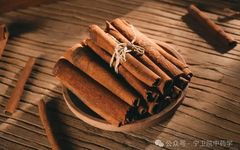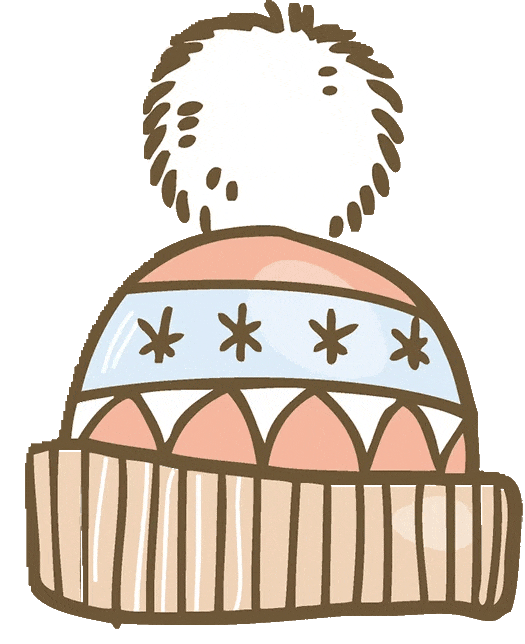
Click the blue text to follow us
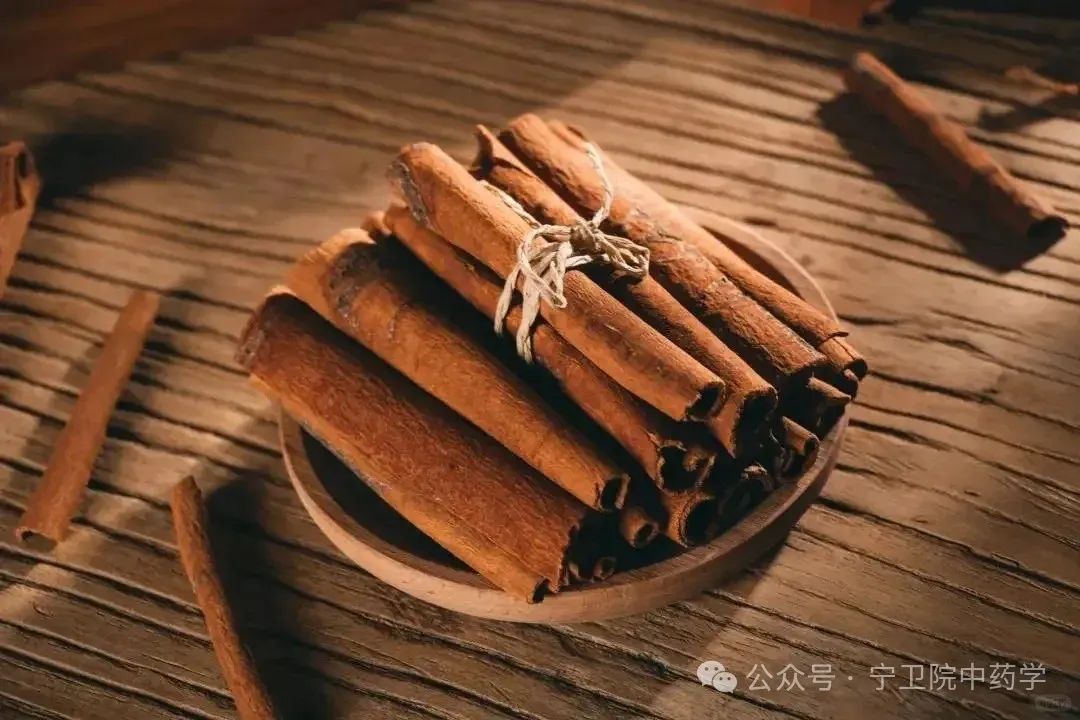
Rou Gui (Cinnamon), also known as Gui Pi (Cinnamon Bark), is a warming herb used in TCM, derived from the dried bark of the Cinnamomum verum plant. It is known for its ability to warm the interior, dispel cold, regulate Qi, and alleviate pain.


Classification of Cinnamon
Due to differences in tree age, variety, and processing methods, commercial cinnamon can be classified into several types, including Gui Bian Gui (Cinnamon from the edge), Ban Gui (Flat Cinnamon), and Guan Gui (Official Cinnamon).
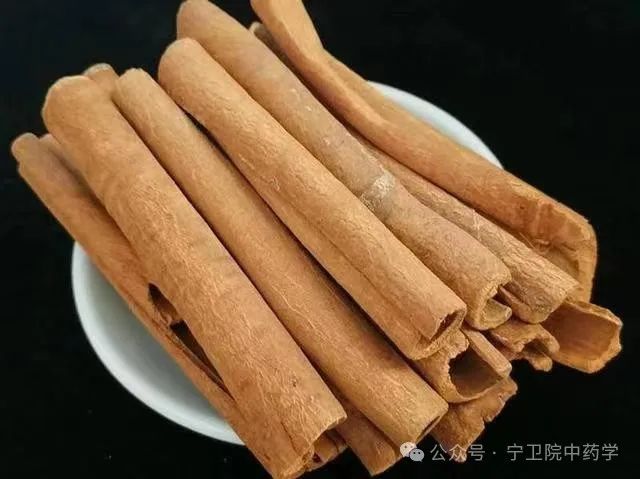
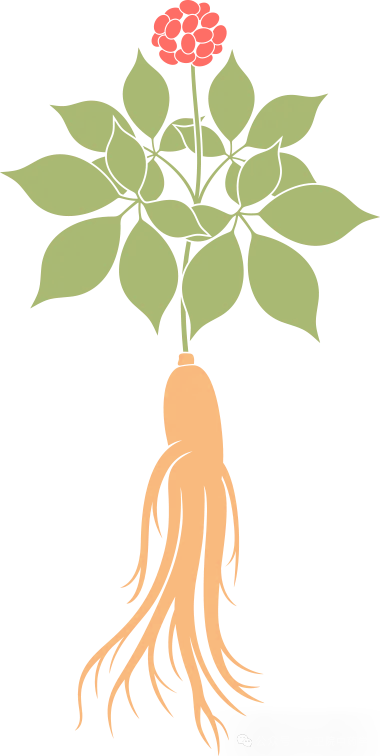
Guan Gui (Official Cinnamon): This is obtained from the bark of 5-6 year old young trees or the bark of older branches, which is naturally curled into a tube shape, approximately 30 cm long and 2-3 cm in diameter.
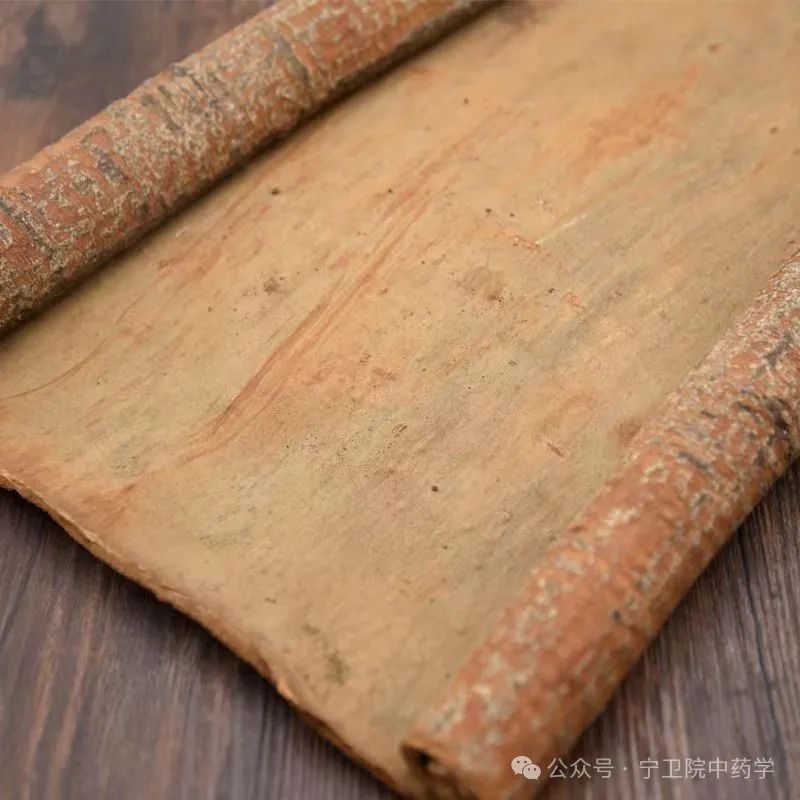
Ban Gui (Flat Cinnamon): This is obtained from the lower part of older trees, dried in wooden clamps until 90% dry, then pressed and dried completely for about one month, resulting in a flat shape.


Qi Bian Gui (Edge Cinnamon): This is obtained from the bark of trees older than 10 years, with both ends shaved to a slant, highlighting the cinnamon heart, and pressed into a shallow groove shape between wooden boards. It is approximately 40 cm long and 6-10 cm wide.

Preparation Methods of Cinnamon

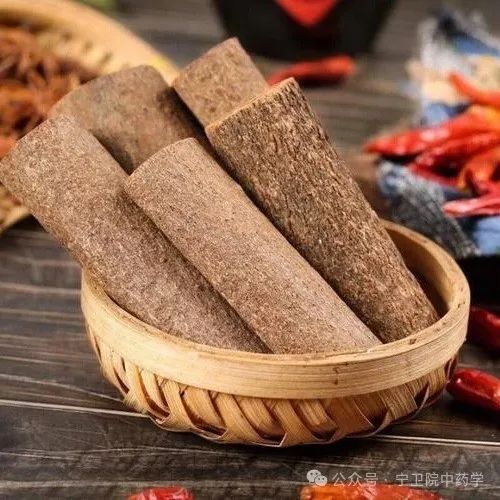
1. Purification: Remove impurities and rough bark.
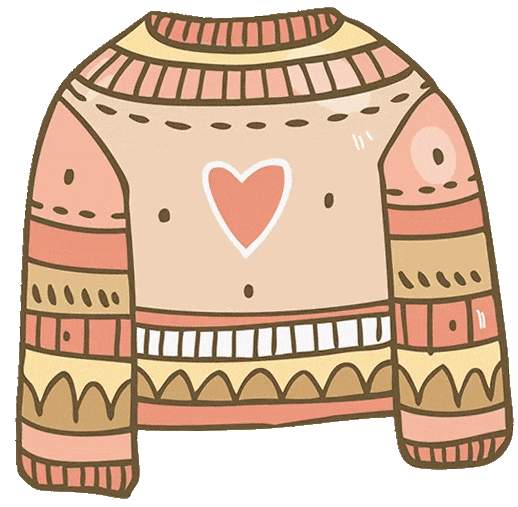
2. Cutting: Crush when needed. Scrape off the rough bark, soak in water, cut into strips, and dry at low temperature. Crush and grind into powder, resulting in the product known as Rou Gui Fen (Cinnamon Powder).
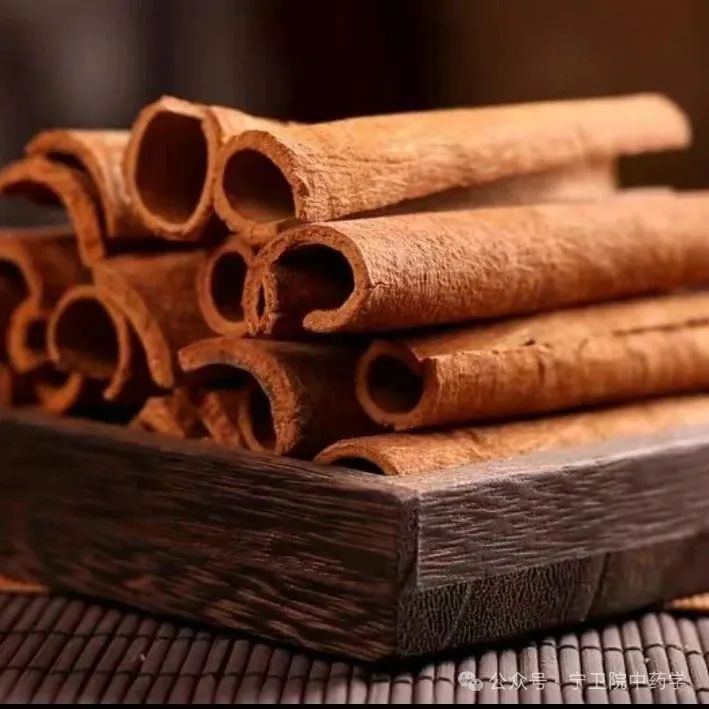

Physiological Characteristics of Cinnamon
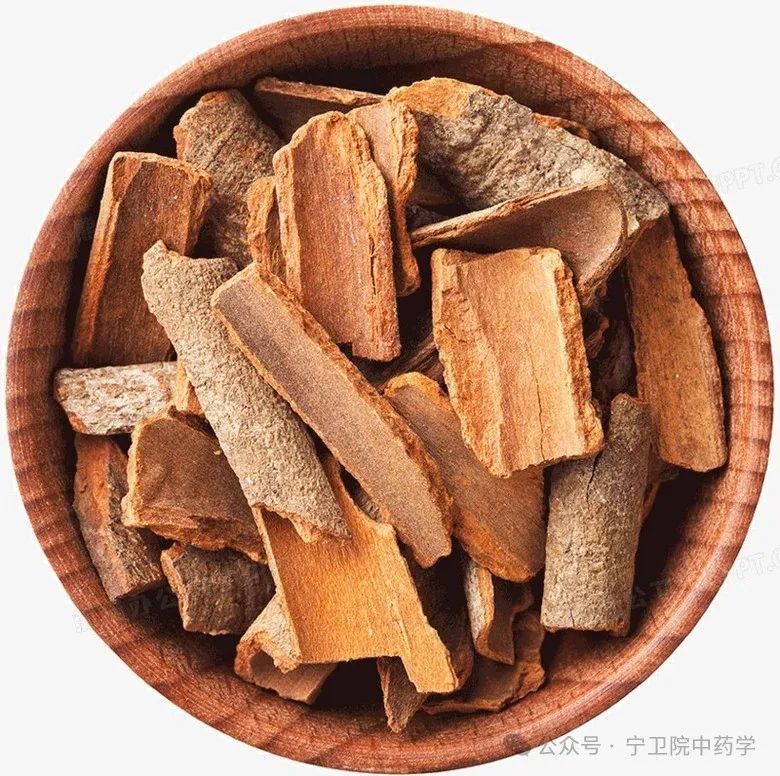
It is tubular or rolled, measuring 30-1000 px in length, 3-10 mm in width or diameter, and 0.2-20 mm in thickness. The outer surface is gray-brown, slightly rough, with irregular fine wrinkles and transverse raised pores, some of which may show gray-white spots; the inner surface is reddish-brown, slightly flat, with fine longitudinal lines, and shows oily marks when scratched. It is hard and brittle, easily broken, with an uneven fracture surface, the outer layer being brown and rough, while the inner layer is reddish-brown and oily, with a yellow-brown line between the two layers. It has a strong aroma, with a sweet and spicy taste.


Indications for Cinnamon
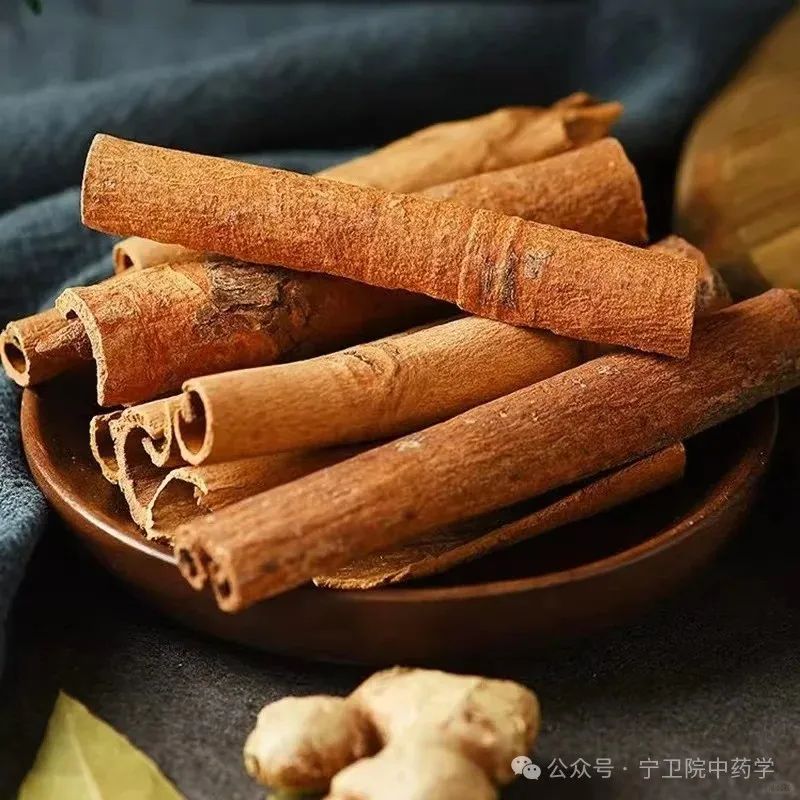
Used for impotence due to cold in the palace, cold pain in the lower back and knees, kidney deficiency causing wheezing, floating Yang, dizziness, red eyes, cold pain in the heart and abdomen, cold vomiting and diarrhea, cold hernia abdominal pain, and dysmenorrhea or amenorrhea.

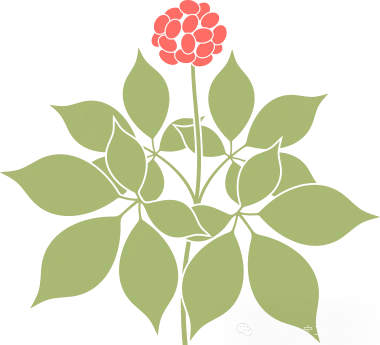
Contraindications

Precautions
Should be used with caution in individuals with a tendency to bleed and in pregnant women. It is not advisable to use it in conjunction with Chi Shi Zhi (Red Stone Fat).


Related Combinations of Cinnamon
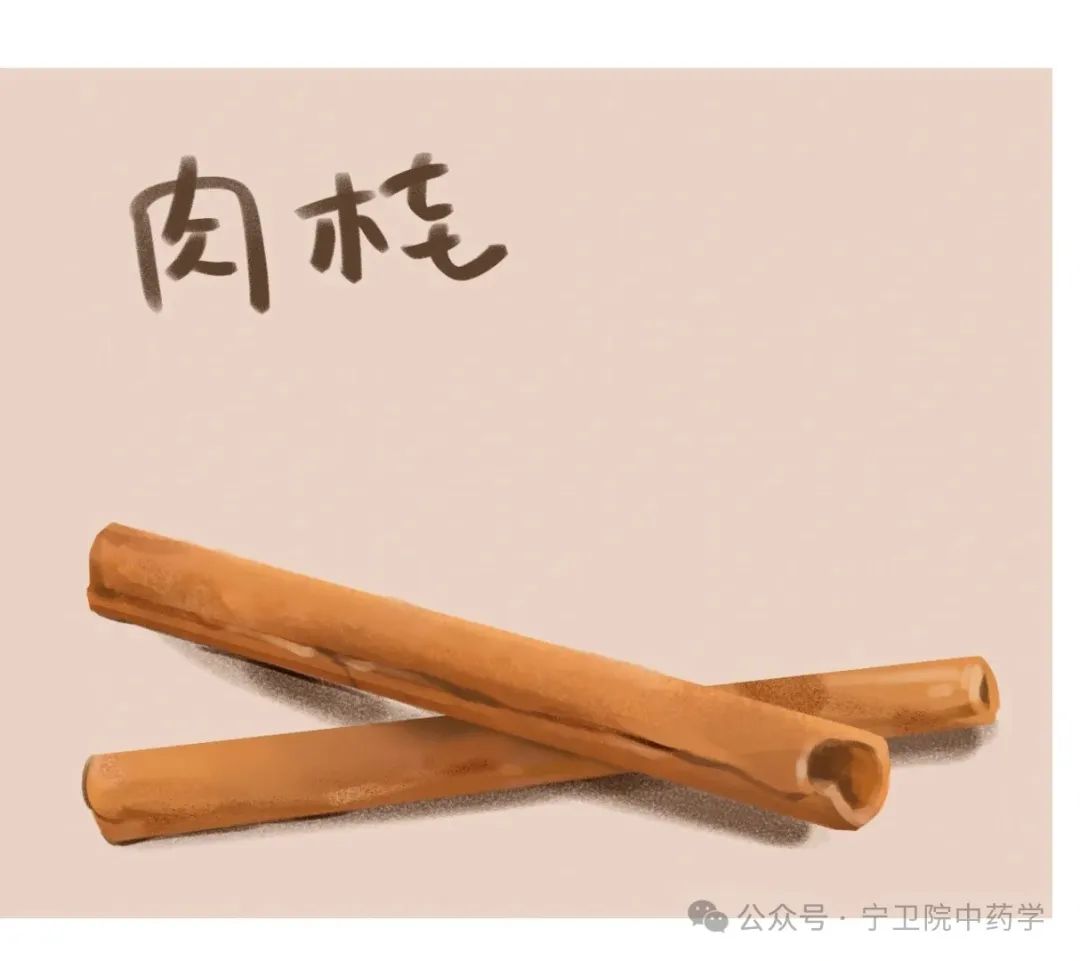
1. Ten Complete Tonifying Decoction from the Taiping Huimin Heji Ju Fang: Tonifies Qi and blood, nourishes the heart, and calms the spirit. It is indicated for labor accumulation, deficiency damage, shortness of breath, palpitations, and dry throat.
2. Ginseng Nourishing Decoction from the Taiping Huimin Heji Ju Fang: Warms and tonifies Qi and blood, indicated for Qi and blood deficiency, chronic cough, low appetite, nocturnal emissions, weakness in the legs and knees, non-healing sores, and women’s uterine bleeding.


Pharmacology – Formula Song

Precautions
Qing Ying Decoction
Qing Ying Decoction treats heat transmission to the Ying level,
with body heat worsening at night and restlessness,
with ingredients like Jiao Mu (Bitter Almond), Yin Qiao (Honeysuckle), Xuan Lian (Scutellaria), and Zhu Ye (Bamboo Leaf),
to clear heat and protect Yin.


Editor: Huang Yiqi
Chief Editor: Huang Xudan
Guidance: You Weijing, Xu Wan
Technical: Ning Weibencao Media Department

